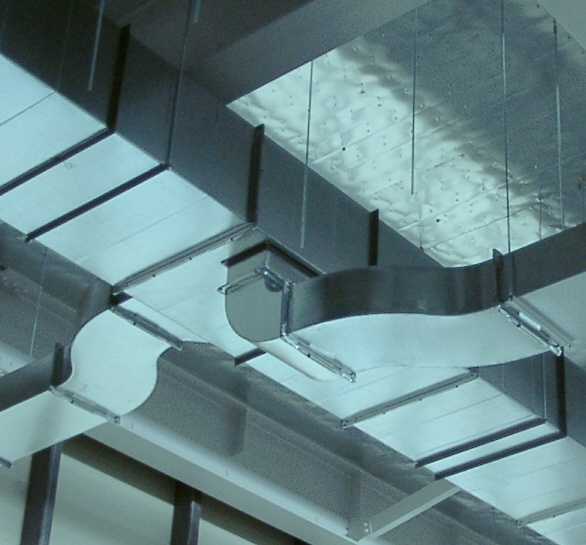There are a few things as unnerving as hearing the sound of scampering animals from your air conditioning. Nobody really expects fauna to wind up in their home’s HVAC system, but it happens more often than you might think. Even a small entrance is enough to infest your duct work, a habitat that is very attractive to animals seeking a warm and dry haven.
 Intruders like these are far more than a mild nuisance, however. Animals can die within the ducts, and will release a foul stench throughout your home. Experts like ACTION Heating and Air Conditioning also say that these beasts can do significant damage to the system itself.
Intruders like these are far more than a mild nuisance, however. Animals can die within the ducts, and will release a foul stench throughout your home. Experts like ACTION Heating and Air Conditioning also say that these beasts can do significant damage to the system itself.
What animals can find their way into my ducts?
Usually, the trespasser will be a wild rodent like a squirrel or a rat, but there are cases of birds like pigeons making their nests within the ducts. Regardless, wild animals pose a serious health risk to your family, since they bring in filth and various diseases.
Even worse, however, is when it is the family or neighbor’s cat. Cats also love to explore ducts for some reason, and while they probably don’t carry any serious diseases, you definitely don’t want them getting hurt.
What should I do?
If it’s wild, don’t try catching it yourself. Attempting to do so puts you at risk for infection from a bite or scratch. Instead, contact an exterminator to flush them out and clean up any droppings, waste, or deceased animals.
When it comes to cats, you have a bit more flexibility. Many will eventually make their own way out of the ducts, and there are some things you can do to encourage this.
• Put food near the exit
• Keep a flashlight near the entrance so the cat can see which way is out
• Avoid antagonizing or scaring the cat
There are times when they become stuck. You will notice this if the cat is meowing loudly and repeatedly in desperation. If this happens, you need to act quickly and contact a professional to extract them safely. This might require the temporary dismantling of your ducts.
To prevent future incidents, make sure that there are no holes or other entry ways into your ducts. This usually involves a thorough inspection from your HVAC provider. Additionally, schedule routine maintenance and cleaning of your system to detect any risks or problems early on.

